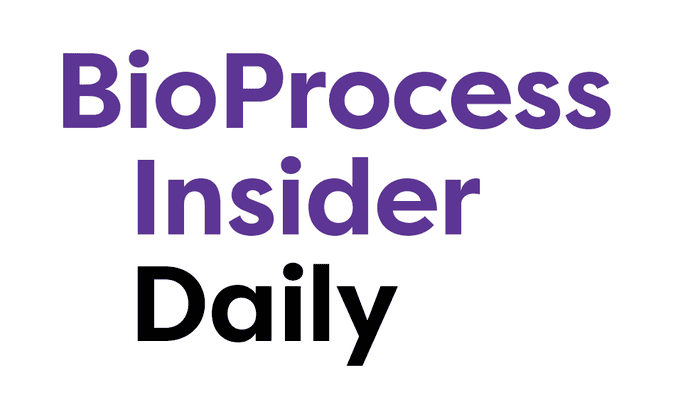
Our BioProcess Insider editorial team is at BPI Europe 2024 to bring you some of the most pertinent coverage from across the conference hall and exhibition floor here in Vienna.
Follow our coverage throughout the event, and keep abreast of the latest industry news and views all year round by signing up at www.BioProcessInsider.com
Biomanufacturers rapidly jumping on digital twin models
The growing popularity of digital twins is transforming process intensification in the biopharmaceutical industry.
April 10, 2024

As biopharmaceutical organizations struggle to balance atop the cutting edge of an industry that moves faster than beer at a freshman frat party, savvy firms are increasingly turning to digital twins to improve their processes and speed up biopharmaceutical development.
Presenters at BioProcess International Europe in Vienna, Austria, have embraced the innovative technology with a fervor unseen since a collective of teenage Swifties embraced the Kansas City Chiefs.
As characterized by Dong-Yup Lee, associate professor at the School of Chemical Engineering at Sungkyunkwan University, a digital twin is “a virtual representation that serves as the real-time digital counterpart of a physical object or process.” In his presentation, Lee compared digital twins to a vehicle’s GPS functionality and its ability to track, map, and navigate a journey with accuracy.
Digital twins enable researchers to predict how cells will react to varying conditions within a bioreactor based on data that are collected and analyzed. Advanced digital twins can simulate thousands of conditions in a fraction of the time it would take a company to run a single experiment, informing scientists with data points that they can use to inform further research and development (R&D).
According to Matthias Hecht, post-doc in downstream process development at Boehringer Ingelheim, digital twins enable researchers to simulate a whole process — including upstream and downstream — to characterize a whole facility.
Joseph Egan, research fellow in mathematical modelling of cell and gene therapies at University College London, discussed his team’s development of a digital twin to predict cell expansion in a perfusion bioreactor for autologous CAR-T cell therapy.
Egan outlined the process of extracting T cells from human blood before transforming and expanding them before reinfusing them back into the donor to eliminate disease. He explained his team’s effort to use a digital twin to reduce the 12-14-day expansion period.
Cell expansion follows a Richards’ growth model. It consists of three key stages, beginning with a lag period when cells don’t grow. In the second stage, the growth rate maximizes before declining in the third and last stage.
The European Union (EU) is funding Egan’s research project — called AIDPATH — through use of an Aglaris FACER bioreactor. Egan’s ultimate goal is to predict CAR-T cell concentration in real time, which he said was challenging to do without disturbing the cells. But if successful, a digital twin can inform optimum cell harvest.
Although Egan’s current dataset is limited to a few runs, he said that with at least two days of data, his team can use the developed model to reasonably predict final cell concentration with mean error of ~10%. The hope is that the model can soon be used to inform production scheduling and optimal bioreactor use to provide patients with high-quality product.
About the Author(s)
You May Also Like





